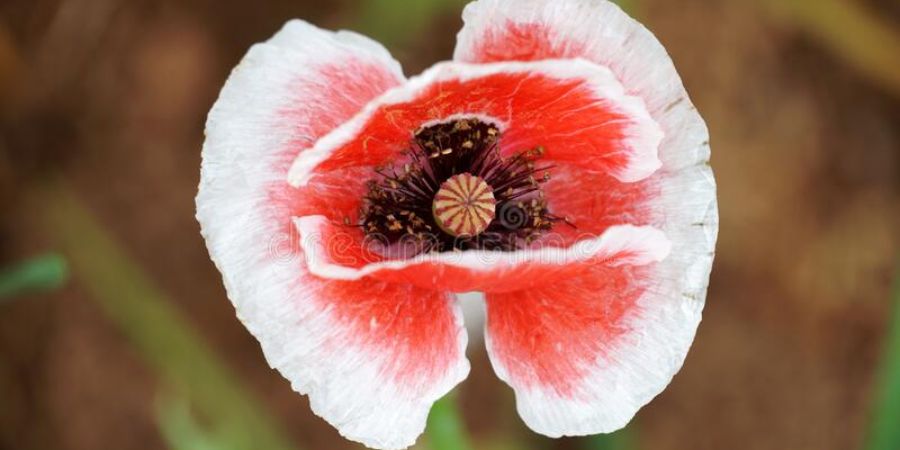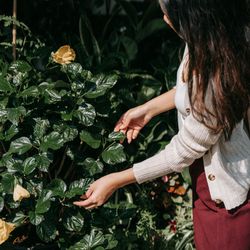

1. Kalmia latifolia.
Kalmia latifolia, prevalently known as mountain shrub, produces sensitive white and pink blossoms in pre-summer, an example endemic to the United States. It is a lovely bloom, however under that delicate outside are the guts of a killer.
The two fundamental poisons in this blossom are grayanotoxin and arbutin, yet the first is the truly stressing one. Grayanotoxin all the while causes an impact wherein the heart beats hazardously quick and furthermore gradually. The outcome is a respiratory failure, yet just in the event that it is devoured in enormous amounts.
In lower dosages, the poisons in the bloom cause sporadic breathing, inordinate salivation, loss of engine coordination, retching, loose bowels, shortcoming and seizures.
To top it all off, you don't need to eat the blossoms to go through all that, as the nectar from the honey bees that visit Kalmia latifolia contain every one of the poisonous properties of the bloom. The Greeks called this item "frantic nectar" and utilized it to overcome Xenophon of Athens around 400 BC, clearly the harmful nectar didn't come from the dust of Kalmia latifolia, yet from the rhododendrons.
2. Jacobaea vulgaris.
Jacobaea vulgaris, otherwise called Herb of Santiago, is a vital plant for the environment where it thrives. Numerous creepy crawlies feed on it. Because of this, the presence of blossoms is fascinating for protection social orders.
It is absolutely uplifting news for bugs, yet extremely awful news for any remaining species. The World Health Organization affirmed the presence of at any rate eight harmful alkaloids in this plant. The issue is that, in spite of most toxins, which rapidly leave the body, the alkaloids in Jacobaea aggregate over the long haul.
Along these lines, the aggregated poisons bring about cirrhosis. Nonetheless, the harmfulness quietly deteriorates the state of the liver and, when the individual beginnings with manifestations, it is past the point of no return. Sadly, these poisons likewise influence the nectar delivered by the honey bees that visit the blossoms of this species, just as the milk of the goats that eat this bloom.
3. Veratrum.
Veratrum is by and large developed for elaborate purposes. Notwithstanding, the excellence of this blossom comes to there, as each piece of the plant is mortally harmful. The underlying side effects of Veratrum harming are rough stomach torments, which as a rule start inside 30 minutes of ingestion.
Since poisons enter the circulatory system, they have a lot more limited way to sodium channels, which go about as entryways that permit sodium to course through the nerves, causing a response. This outcomes in seizures and a quick and moderate heartbeat, which can bring about a respiratory failure or unconsciousness. It is accepted that this was the toxin with which Alexander the Great was killed.






